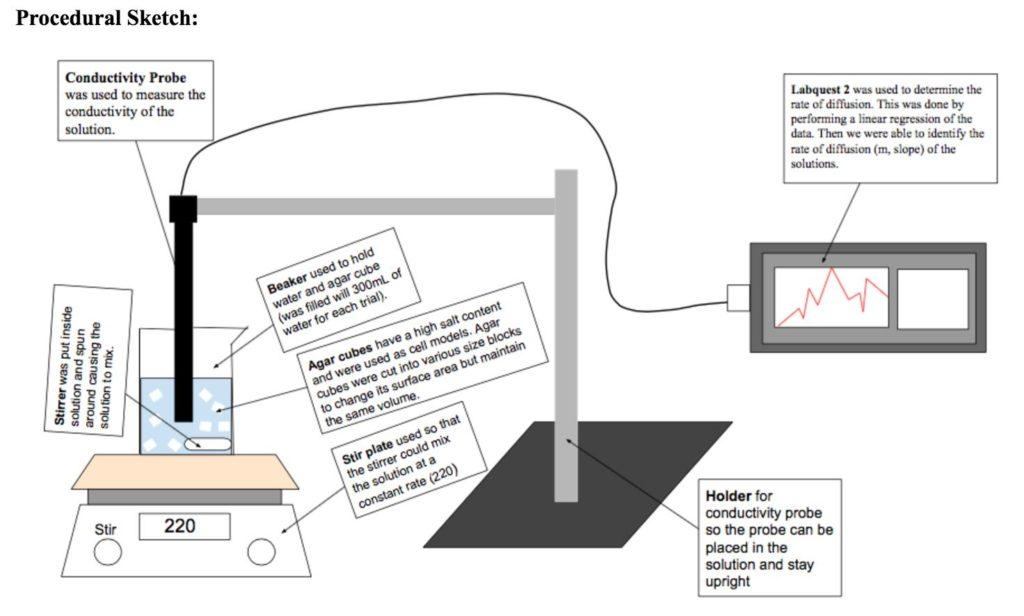Integrating art and digital technology into my teaching, especially with my biology classes, has always been something I enjoyed and something that helps to engage and foster creativity in my students. Utilizing Vernier sensors has transformed the quality of lab experiences at my school, immersing students in cognitively demanding tasks that are highly rewarding. The sensors allow students to explore biological concepts with cutting-edge digital technologies while facilitating greater confidence and competency among students by helping them develop stronger quantitative and mathematical skills. Additionally, using Vernier lab investigations represents an excellent avenue to reinforce scientific thinking strategies while helping students develop visual literacy. When students are asked to interpret data and teach one another, their learning process becomes greatly enriched.

An example of this in action is when my senior advanced biology students investigate biological theory through the lens of scientific, visual, and digital literacies utilizing Vernier probeware. To deepen my understanding of teaching with Vernier probeware, I attended the Vernier summer institutes for environmental science/field biology in 2014 and for biology in 2015, which led me to also incorporate Vernier experiments into my biology classes, with an emphasis on inquiry-based experiential learning using digital technology.
“The Vernier technology elevates the types of cognitive tasks involved in the lab, while teaching students the value of real-time data collection.”
While studying astrobiology and the origin of life, my advanced biology students utilize a Vernier pH Sensor and LabQuest 2 to accurately document how slight changes in pH affect the abiotic conditions necessary for the formation of coacervates, life-like protocells that exhibit some of the key properties of life; including absorption, movement, and the presence of a membrane that separates internal components from the extracellular environment. Although this lab is feasible with pH test strips, using Vernier probes enhances the intellectual rigor of the lab, enabling my students to construct a graph depicting coacervate abundance based on exact pH values collected with the Vernier sensor. The Vernier technology elevates the types of cognitive tasks involved in the lab, while teaching students the value of real-time data collection.

During another unit on cellular processes, my students utilize the Vernier experiment “Limitations on Cell Size: Surface Area to Volume” as a cognitive scaffold and learn how to construct detailed visual depictions of laboratory protocols in the context of this investigation. This task strengthens students’ understanding of biological constraints to cellular size while reinforcing correct usage of Vernier technology. Students take great pride in creating accurate digital representations of their experimental methodology in the form of procedural sketches. This activity also helps students learn more about the structure and function of Vernier probeware while teaching them how to calculate the rate of diffusion using a linear regression function. In all three of the exemplary procedural sketches pictured here from the cell size Vernier lab, students successfully depict the graphing screen on the LabQuest 2.



